
Kosta’s Melbourne Egging Tips
- The fishing in Port Phillip Bay and Westernport Bay vary in that Westernport tends to have strong water flow and lots of shallow water while Port Phillip Bay is deeper and without much flow, except near the rip. Port Phillip is easier to fish, while Westernport probably produces larger squid more consistently.
- Squidding is a year-round fishery around Melbourne, but becomes particularly popular in winter when a lot of fish species in Melbourne go a little quiet. Clean water favours squidding, so periods after heavy rain tend to not fish so well. Periods around the full moon seem to fish poorly.
- There are plenty of places for land-based anglers to target squid around Melbourne. The best advice is not to be stationary, but to follow the tide. In other words, fish the optimum tide for a bit and as the tide pushes in or out, jump in the car and move to the next location so that you always have the best conditions.
- Piers are always popular options for squidding, but rocky outcrops and headlands are productive too, even at night. Kosta prefers to fish for squid during the day because they are visual hunters and tend to be more actively hunting during daylight. Look for places where there is seaweed or seagrass for squid to hide in – they can often easily seen on Google maps, making it easy to find plenty of squid that aren’t getting much pressure.
- When targeting squid from a boat Kosta finds that places where the depth changes and seagrass is present tend to fish well. This can be seen from navigational mapping and Kosta likes to fish deeper using his sounder to find the weed. Squid in deeper water are often larger and often feed more aggressively.
Kosta’s Melbourne Egging Tackle
- Ideally, you want an “Egi-specific” rod (most major brands offer one or two of these nowadays). Egi rods have a parabolic action that copes better with the pulsing fight of a squid than a standard rod, reducing the number of torn tentacles. It also makes it mush easier to get the right action from the jig. A long rod is important when shore-based for the extra casting distance it will give.
- High speed spinning reels help recover the slack line quickly between between jigs and braided lines provide the sensitivity needed to know what’s happening at the jig. 12lb braid (around PE1) and 12 lb fluoro or mono leader complete the outfit.
Kosta’s Tips On Squid Jigs
- Quality jigs are much more durable and can dramatically outlast cheap jigs. More importantly, there is a big difference in the action between high quality jigs and poor quality jigs – and it gets reflected in catches rates. The upward jigging motion will call a squid in from a distance and cause them to watch it drop. If the jig doesn’t fall naturally the squid is likely to reject it. Quality jigs are well balanced and will cause a higher percentage of squid to take them, low quality jigs get rejected more often than quality jigs.
- The “match the hatch” philosophy doesn’t seem to apply when it comes to squidding. Kosta reckons it’s all about making the jig as visible as possible, so use the largest jig you can get away with. Using a “shallow” weighted jig allows you to use a larger jig without it plummeting to the bottom. Likewise, using a small “deep” weighted jig allows you to get a small jig to the bottom in deep water or currents. Jigs between 2.5 and 4.0 size will catch any squid in Australia.
- If you’re just starting out, use standard weighted jigs in size 2.5 for 1-4 metres deep, size 3 for 4-7m, size 3.5 deeper than 7m or in fast currents. In northern Australia it’s usually effective to work the jig hard, but in southern waters it can be very effective to work the jig hard until the squid are found, then slow down and let the jigs settle.
- Essential jigs for both bays are white or clear coloured bodies with a bit of UV such as the Shimano Sepia in colour 14T. The second very effective jig is the Banana Prawn colour (also called “Guns and Roses”) with some UV. A black jig with red foil is the third option that will work very effectively across both bays.
- Preferred brands of jigs are Yo Zuri, Yamashita, Shimano, Gancraft, Evergreen and Daiwa. Check out the great new stuff that’s covered in Kosta’s Egi special magazine edition.
- Jigs with open weave cloth on the body allow the under colour to show through and are great for shallow water. Jigs with closed weave cloth are more contrasty and are best for deeper water.
- The critical #1 rule is that your jig must always hit the bottom before you start working it, so cast with the drift (casting behind the drifting boat or anchoring in a current makes it very difficult to get your lure to the bottom). Once it hits bottom give it a few sharp jigs and allow it to sink back down, winding up the slack as the jig sinks back to the bottom.
Kosta Linardos
Fishing Mag Publisher and Southern Fishing Personality.
Kosta has been in the fishing publishing game for a long time and it’s led to him living, working and fishing across the country. These day’s he’s based in Melbourne where his magazine “Hooked Up” is printed and distributed to tackle stores around the country. This month’s episode is all about egging 😉
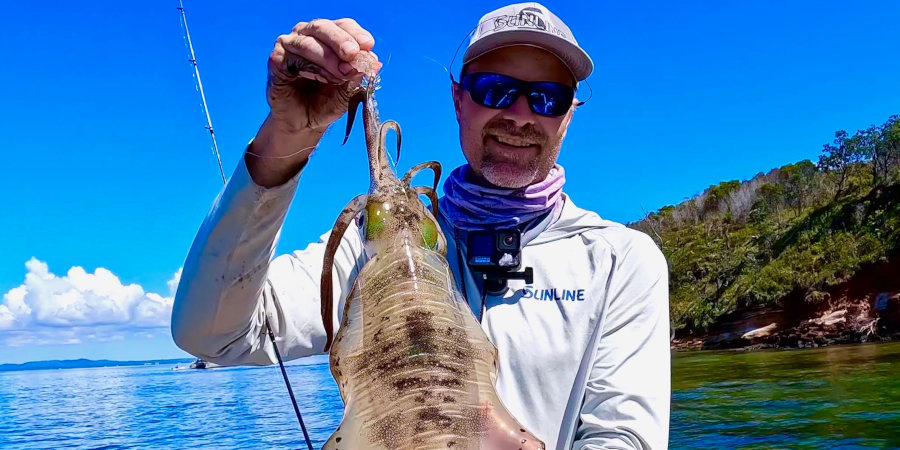
Brisbane Squid Fishing Masterclass With Peter Herbst
Keen to perfect the art of catching quality squid from the shorelines of Moreton Bay? Peter Herbst’s masterclass on Brisbane Squid fishing will arm you with the knowledge you need to do exactly that. Land-based or boat based, everything you need to know is right here.
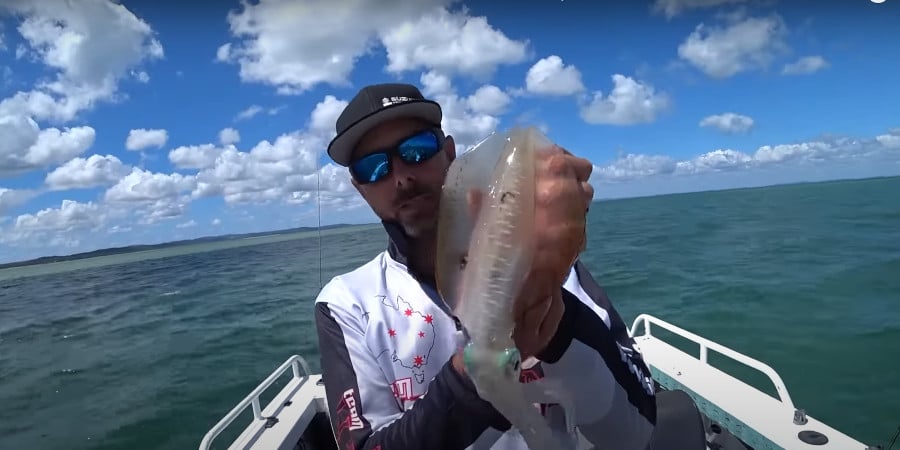
Squid Fishing Masterclass: Trolling Squid In Moreton Bay
Usually trolling isn’t the first technique that comes to mind when we talk about catching squid, but for Greg Lamprecht it’s proven to be a deadly technique.
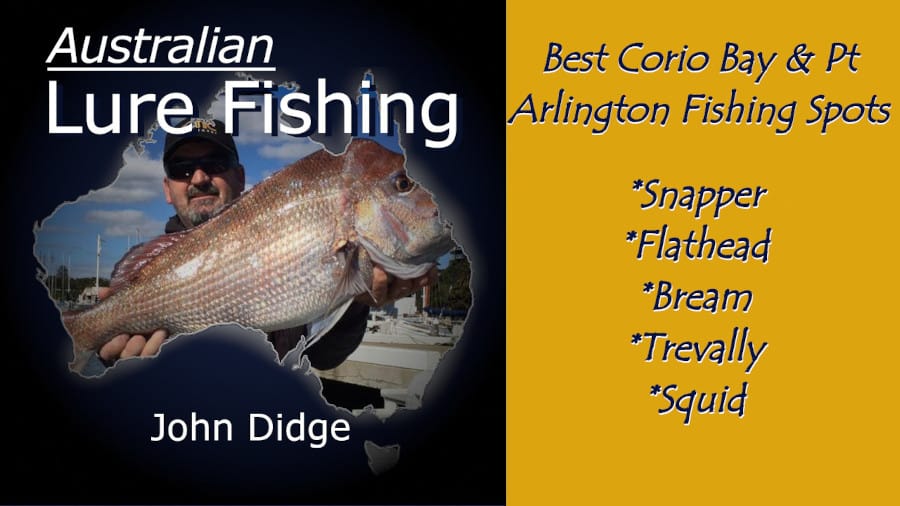
Episode 557: Corio Bay & Geelong Fishing Spots With John Didge
John Didge Radio Personality, Sponsored Angler John has over 40 years experience fishing Corio Bay. He's co-hosted various fishing radio shows for the Geelong region for over 30 years, written articles and presented fishing from stage. John is a soft plastic lure...

Exceptional Gold Coast Squid Fishing With Clint Ansell
The biomass of squid on the Gold Coast is extraordinary, so for anyone keen on pleasant a day out on the water with a tasty seafood treat at the end is in for a treat! Clinton Ansell is a GC based fishing guide who really knows his way around the squid – and so will you after listening to his interview!

Episode 532: Top Brisbane Landbased Fishing Spots In Winter With Beau Rixon
Brisbane offers an astonishing range of land based fishing options to suit anglers of all skill levels, ranging from the hunble flathead right through to tailor, squid, bass and jewfish. Local fishing tutor and land-based guide Beau Rixon spends a lot of time fishing the area from the shore and teaching others to do the same, so for today’s episode I invited Bea to jump onboard and share some of his favourite land based spots.
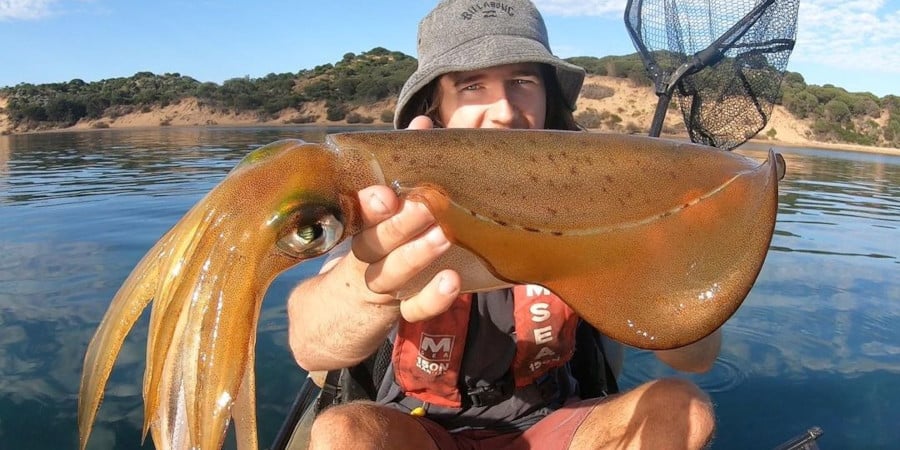
Episode 530: Phillip Island Squid With Nev Hayes
Squid are a great target at Phillip Island at any time of year, but today’s guest, Nev Hayes, reckons the winter months are when the really big squid come out to play. To qualify this statement, he caught a 50cm hood length squid just a week before this interview!

Brisbane Squid Fishing Masterclass With Peter Herbst
Keen to perfect the art of catching quality squid from the shorelines of Moreton Bay? Peter Herbst’s masterclass on Brisbane Squid fishing will arm you with the knowledge you need to do exactly that. Land-based or boat based, everything you need to know is right here.

Squid Fishing Masterclass: Trolling Squid In Moreton Bay
Usually trolling isn’t the first technique that comes to mind when we talk about catching squid, but for Greg Lamprecht it’s proven to be a deadly technique.


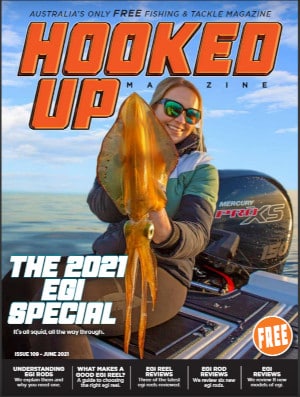

0 Comments